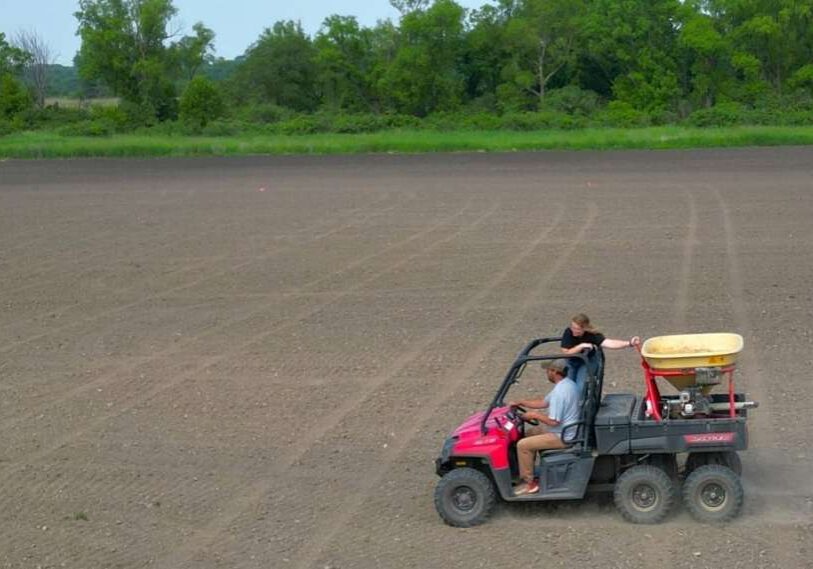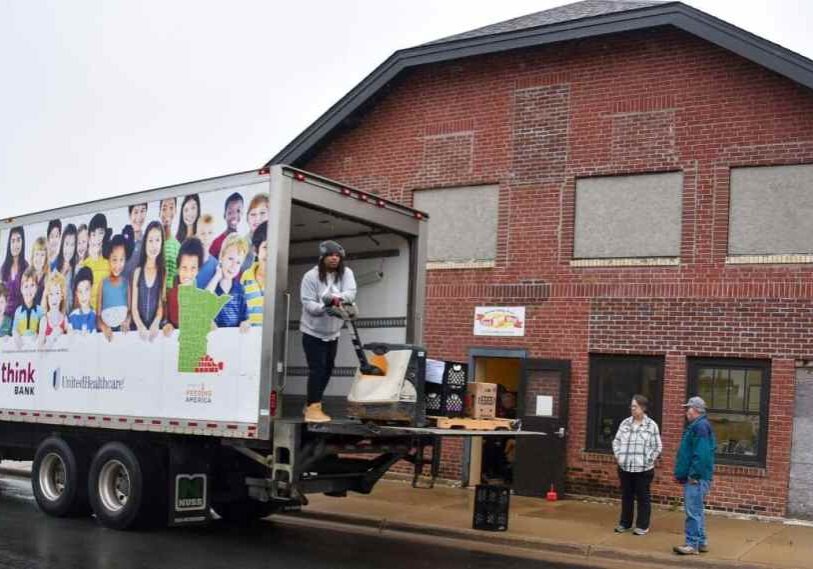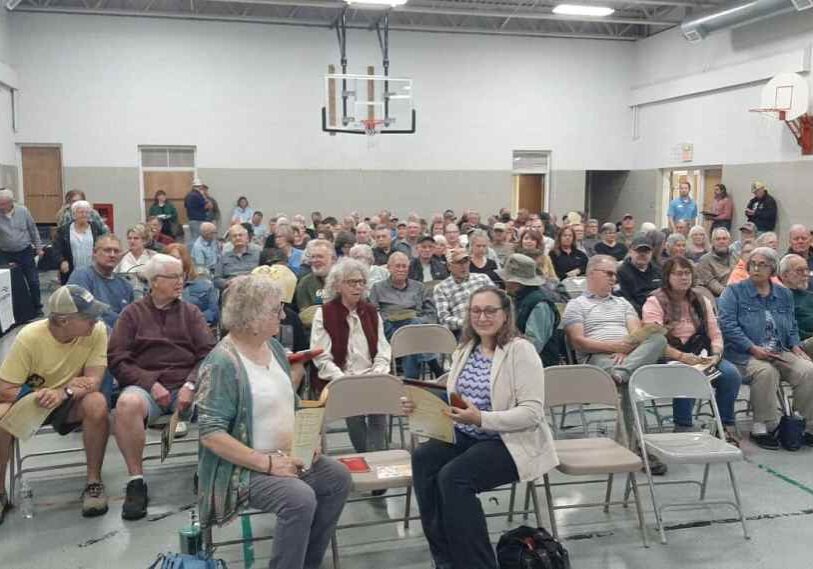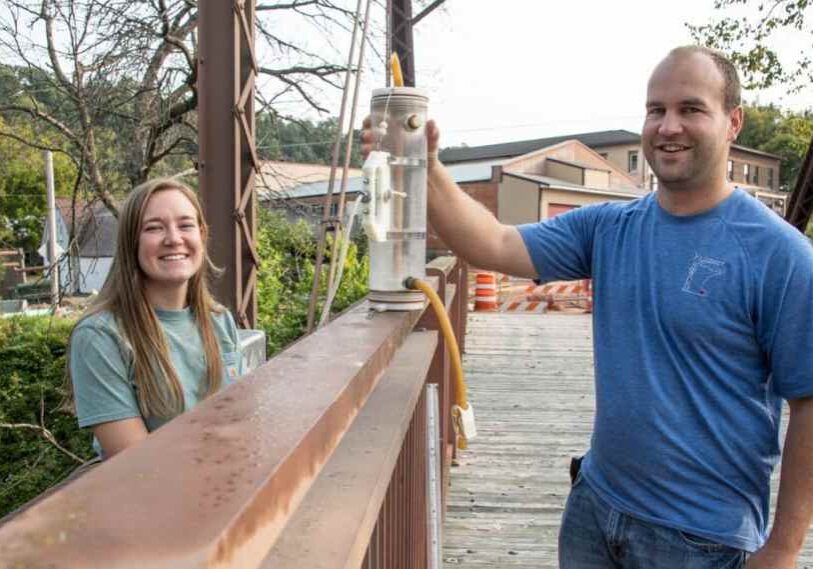Minnesota’s 2024 political process is well underway

Minnesota’s caucuses | A long running political process that is much simpler than you think
It’s no wonder folks are confused by the caucus system. Minnesota and many other states have made changes in the past few decades and even in the past few elections. Then, the Covid-19 pandemic stepped in making in-person meetings impossible. Complicating it even further is Minnesota’s back and forth over Presidential Primary versus endorsement through party caucuses.
For decades, Minnesota used the caucus system exclusively for each party to endorse a Presidential candidate. In 2020, the state switched back to parties officially choosing their candidate through the ballot box and returned to an official Presidential Primary.
In 2024 Minnesotans had opportunities to vote early or go to the polls on Super Tuesday (March 5) to choose their party’s candidate.
Beyond the Presidential Primary is a lot of other party business and the work that starts at the hyper-local level on caucus night. Caucuses are the first step in a year of meetings and conventions where members elect delegates, party leaders, and precinct chairs; endorse candidates; and develop party platforms through the resolution process.
This, and the Presidential Primary, are the only two times in Minnesota election season when voters are required to publicly identify with a party. In addition, these are the only instances when parties are informed of your party alignment but not your specific candidate vote.
What is a caucus and why should you attend?
It was February 27th…it was cold, dark, and the election is still nine months away.
So where do you find the most dedicated voters and future party leaders? Out at caucus night, of course! Caucus night gives every voter a voice at the grassroots level but the process can be a bit confusing and intimidating.
Welcome to one of democracy’s greatest traditions where regular people gather in community centers and town halls to debate issues; meet and endorse candidates; and start the important work that gets the election season rolling.

The 2024 election year in Minnesota begins with the party caucus February 27, then the presidential primary on March 5, and the general election on November 5.
When and where are caucuses?
Because the caucus is run by its respective political party, procedures and rules may vary. However, caucus meetings must by law occur this year on February 27 and start by 7:00 p.m.; government buildings are permitted to host the events; and your employer must give you time off (with 10 days’ notice). In addition, government bodies and state schools may not hold events after 6:00 p.m. on caucus night.
Caucuses are hosted by precinct which is the smallest unit in a voting district. Typically, locations are spread throughout each district but smaller precincts are sometimes combined into one location.
To find your caucus location, contact your local county party leader or visit the Minnesota Secretary of State website and search by zip code. Each party also has an absentee option through which you can submit your resolutions and other party documents prior to the meeting.
Who can attend caucus night?
Beyond requirements by law, everything that happens at caucus is determined by the individual political party including process.
While the caucus is technically a private party meeting, it’s open to the public and anyone aligned with the party is invited to attend. Each major party has different age requirements but, in general, you may participate if you will be 18 years-old and eligible to vote on November 5, 2024. If needed, you have the right to request from the party accessibility accommodations including interpreters or written materials ahead of the caucus.
At caucus registration, you will be asked to affirm your alignment with that party’s values, platform, and candidates. Minnesota does not require party registration so there’s no “formal party status” and attendees are taken at their word. Depending on the party’s rules, caucus attendees may vote to exclude a participant from voting or submitting resolutions. You may not participate in more than one party caucus per year.
You don’t have to be a political junkie to participate in the caucus! All you need is a willingness to listen and discuss; an open mind to consider other viewpoints; and the ability to share an hour or so of time in the process.
Diversity in participants and robust community attendance improves the outcome and ensures the broadest swath of voters have a chance to speak out.
How does caucus night work?
Each party runs its caucus differently but, in general, this is the process:
- Doors open around 6:30 p.m. for registration and assembly. During this time, you will be able to learn more about your local party unit; meet other community members or candidates; and find general voting information.
- At 7:00 p.m. the appointed convener calls the meeting to order and a chair, a secretary, and tellers (vote counters) are elected for the evening. The meeting proceeds using Robert’s Rules of Order.
- During the meeting, candidates for office may interrupt to give short campaign speeches. These interruptions are allowed because candidates try to visit as many precinct caucuses as possible and cannot confirm the time they will arrive.
- Delegates and alternates are elected to represent the precinct at the next-level endorsing convention. At each subsequent party convention, these delegates will be eligible to be re-elected to the next level all the way up to the national convention.
- Precinct chairs and vice chairs are elected to two-year terms.
- Written resolutions are submitted and presented, debated, and voted on for passage to the next level. Each party has an official resolution form and suggested language which can be found on its respective website. Resolutions can be submitted by individuals or groups of individuals and, if there are multiple similar resolutions, they are sometimes combined into one. The caucus then votes on which resolutions it wants to “move forward” which means those resolutions will go on to the next level of party organization (typically the county convention).

Resolutions are adopted at the caucus level and submitted to the parties’ county conventions.
Prior to each convention, a Resolutions Committee will review these resolutions, combine similar versions into one, and (if necessary) omit resolutions that are already included in the party platform. This committee will then prepare a report with final resolutions and submit that to the next level convention for delegates’ review and vote.
This process is repeated at every level of party organization through the National Convention. Delegates elected at caucus may participate in any preconvention committee (per party rules).
Caucuses give power to the people!
“Going to a caucus is a great way to show support for a candidate, raise an issue that’s important to you, influence who the party will endorse for many offices, and meet people in your community,” the Minnesota Secretary of State, Steve Simon, says on the state website. “We encourage Minnesotans to show support for their preferred candidates by participating in the candidate endorsement process that leads up to the state party conventions.”
This grassroots level of politics is truly one of our most important civic duties. In a representative democracy, ideas and candidates come from the people and caucuses are the place with the widest open access for every voter to have a say. This is the place to talk issues, consider solutions, and start progress towards fixing issues in the community.
Take time this year – and bring a young person – to get involved in the process!






